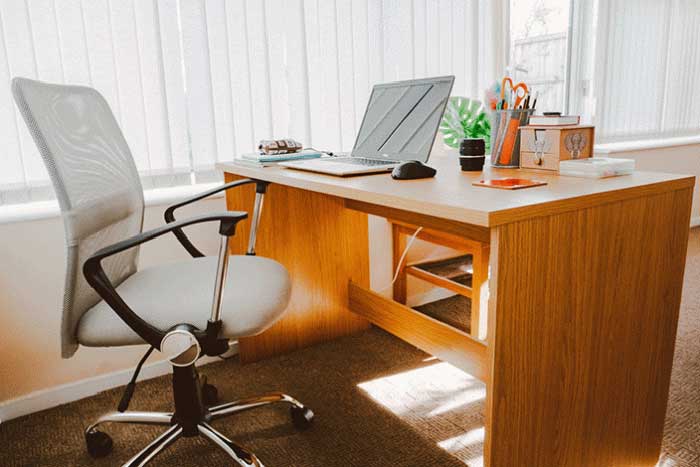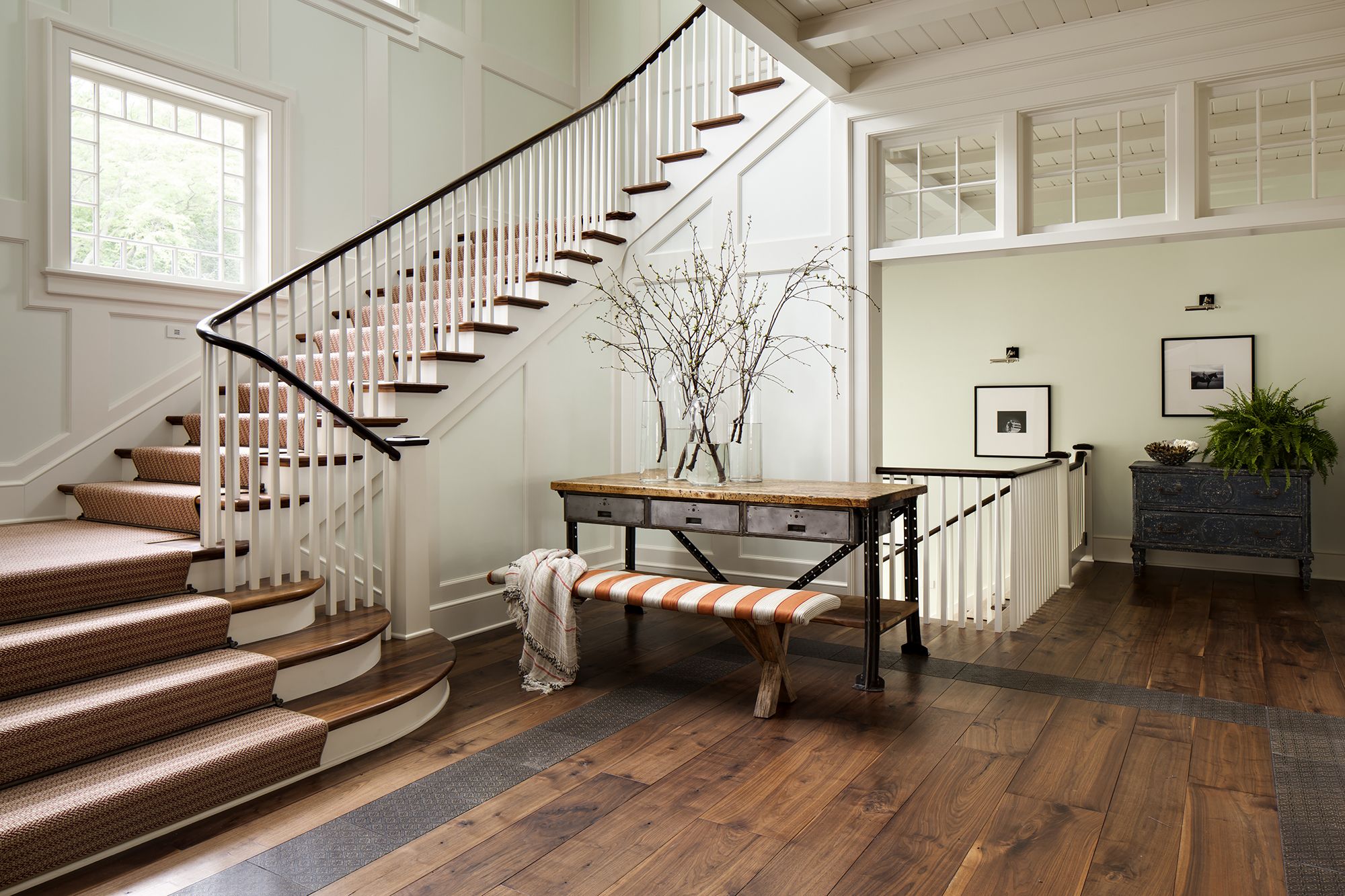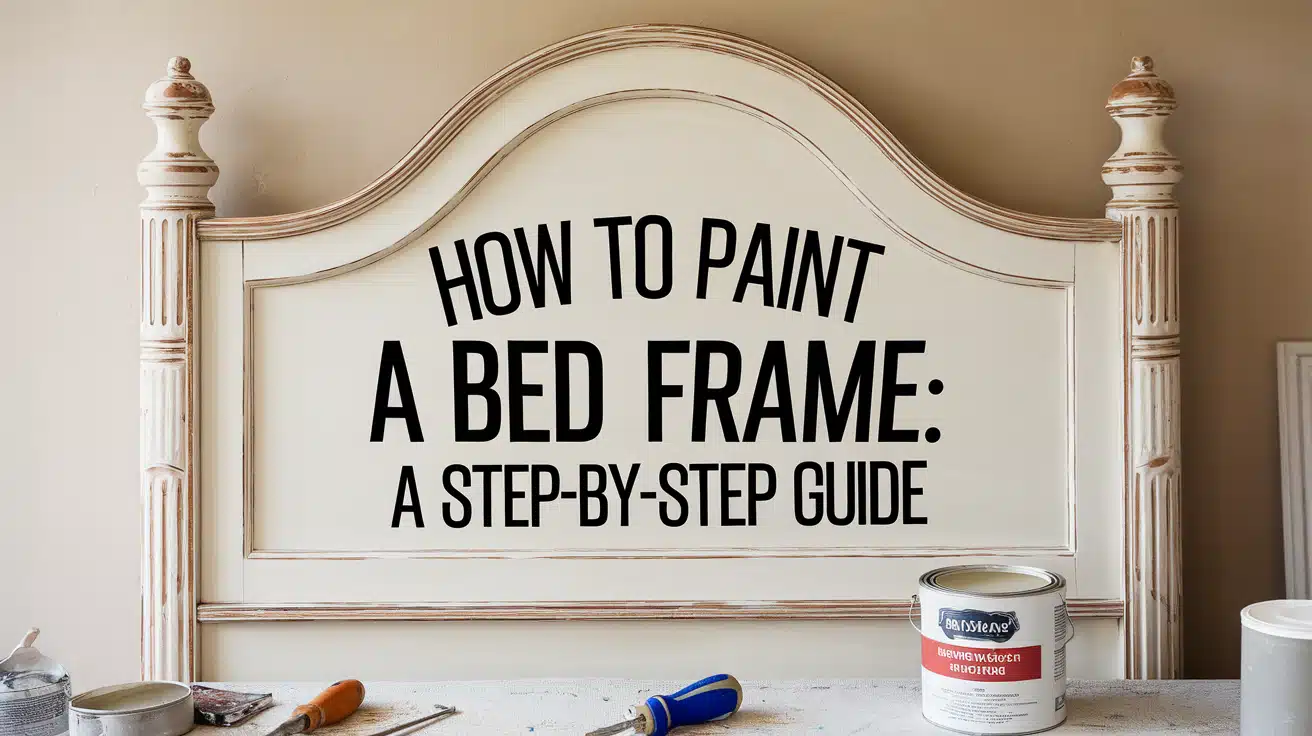Reviewing Benjamin Moore Wales Gray: An Honest Take
Benjamin Moore Wales Gray is a soft, medium-toned gray with subtle blue undertones that has become a favorite among homeowners and designers alike.
Its adaptability suits various settings, from living rooms to exteriors, offering a cool yet welcoming vibe.
This guide dives deep into understanding Wales Gray’s characteristics, practical applications, and expert tips to help you maximize this exceptional paint color.
Let’s get started!
Understanding Benjamin Moore Wales Gray
1. What Is Wales Gray (HC-143)?
Wales Gray is part of Benjamin Moore’s Historical Collection, a curated palette inspired by America’s rich architectural heritage.
Its unique blend of gray and blue creates a color that feels both soothing and sophisticated.
- Versatile Shade: Works seamlessly in traditional, transitional, and modern interiors.
- Balanced Aesthetic: Offers a cool, calming tone that doesn’t feel cold or stark.
- Perfect for Any Room: Its medium tone makes it suitable for living spaces, bedrooms, and even kitchens.
I remember the first time I used Wales Gray in a client’s home. It was for a nursery, and the color provided the perfect calming backdrop while still feeling stylish.
2. Light Reflectance Value (LRV) and Its Importance
Wales Gray has an LRV of 57, placing it in the medium-light range. LRV, or Light Reflectance Value, measures how much light a paint color reflects.
- Medium LRV: Reflects enough light to keep spaces bright but adds enough depth for a grounded feel.
- Versatile Lighting Adaptability: Balances well in both well-lit and dimly lit rooms.
In a sunlit dining room, Wales Gray reflects just the right amount of light, creating a welcoming atmosphere without feeling washed out. In cozier, dim spaces, it takes on a richer, more intimate tone.
3. Undertones of Wales Gray
One of Wales Gray’s standout features is its subtle blue undertone. This undertone lends it a coolness that works beautifully with various decor styles.
- Blue Undertones: These give the gray a serene and airy quality.
- Neutral Feel: It’s soft enough to act as a neutral backdrop, blending effortlessly with other colors.
I’ve seen Wales Gray transition beautifully throughout the day—appearing more gray in the morning light and more blue under warm artificial lighting in the evening. This chameleon-like quality makes it a favorite among designers.
Warm vs. Cool Grays: Where Wales Gray Fits
1. The Difference Between Warm and Cool Grays
Grays are often categorized as warm or cool based on their undertones.
Warm grays lean toward beige or brown, while cool grays, like Wales Gray, have blue or green undertones.
- Warm Grays: Cozy and inviting, perfect for traditional interiors.
- Cool Grays: Crisp and refreshing, ideal for modern or coastal themes.
2. Tips for Choosing Between Warm and Cool Grays
When deciding on gray tones, consider the room’s lighting and purpose.
- South-Facing Rooms: These tend to have warm natural light, which balances Wales Gray’s coolness.
- North-Facing Rooms: Use Wales Gray to add a cool sophistication that doesn’t feel overpowering.
I once used Wales Gray in a south-facing bedroom, pairing it with white linens and navy accents.
The result was a fresh yet cozy retreat.
How Lighting Affects Wales Gray
1. Natural Light Considerations
Natural light can dramatically alter how a paint color looks.
- South-Facing Light: Brings out the blue undertones, creating a brighter, airier feel.
- North-Facing Light: Adds depth and richness, making the color appear more gray.
- East/West-Facing Light: Expect warm morning or evening light to soften the color’s blue tones.
In my home office, which faces north, Wales Gray provided a serene and focused backdrop that encouraged productivity without feeling stark.
2. Artificial Lighting Effects
Artificial light also plays a significant role in how Wales Gray appears.
- Warm Bulbs (Incandescent): These soften the blue undertones, making the color feel cozier.
- Cool Bulbs (LED): Enhance the gray and blue tones, creating a modern, crisp aesthetic.
For a client’s kitchen, I recommended warm LED lights to balance the cooler tone of Wales Gray cabinets, and the effect was stunning.
Comparing Wales Gray to Other Popular Grays
1. Wales Gray vs. Stonington Gray
- Stonington Gray: A lighter, more neutral gray with prominent blue undertones.
- Wales Gray: Deeper and more dramatic, ideal for spaces needing a bit more depth.
Stonington Gray works better in smaller, brighter spaces, while Wales Gray excels in larger rooms or areas needing a grounded feel.
2. Wales Gray vs. Gray Owl
- Gray Owl: Lighter and more neutral, with subtle green undertones.
- Wales Gray: Offers more richness and a stronger blue presence.
In a hallway, Gray Owl provides a bright and neutral feel, whereas Wales Gray adds depth and character.
3. Comparison Chart
| Feature | Wales Gray | Stonington Gray | Gray Owl |
|---|---|---|---|
| Undertones | Blue | Blue | Green |
| Light Reflectance | 57 | 59 | 66 |
| Best Uses | Living Rooms, Bedrooms | Kitchens, Bathrooms | Hallways, Living Rooms |
Using Wales Gray in Interior Spaces
1. Living Rooms
Wales Gray creates a serene and inviting living room ambiance. Pair it with warm wood tones, soft white trim, and navy or mustard yellow accents for a balanced, cohesive look.
2. Kitchens
Wales Gray is an excellent choice for kitchen cabinets, particularly when paired with white countertops and brass or black hardware.
I used it in a modern farmhouse kitchen, and the result was both elegant and functional.
3. Bedrooms
For bedrooms, Wales Gray sets a soothing tone. Pair it with soft textiles in white or cream, and consider adding a textured rug for warmth.
4. Bathrooms
In bathrooms, Wales Gray offers a clean yet cozy feel. It pairs beautifully with white subway tiles, chrome fixtures, and marble countertops.
Expert Tips for Using Wales Gray
1. Test First
- Paint swatches on multiple walls and view them at various times of the day. Natural light can make the color appear cooler, while artificial light can bring out more of its gray tones.
- Don’t rely solely on paint chips—apply a sample in areas that receive different lighting, such as near windows and darker corners.
2. Balance Warm and Cool Elements
- Wales Gray’s blue undertones pair beautifully with warm wood tones like oak, walnut, or mahogany. Incorporate wood furniture or flooring to create harmony.
- Add soft textiles in beige, cream, or taupe for a cozy, inviting feel while maintaining balance.
3. Pair Thoughtfully
- Crisp whites: Use bright whites for trims, ceilings, or cabinetry to create a fresh, clean contrast.
- Navy blues: Complement Wales Gray’s subtle blue tones with navy accents for a coastal-inspired look.
- Soft yellows: Bring in a cheerful and uplifting vibe by pairing it with pastel yellows or golden decor.
4. Mind the Room’s Size
- In smaller rooms, use Wales Gray sparingly, such as on an accent wall, to prevent the space from feeling confined.
- Incorporate plenty of light-colored furniture, mirrors, or decor to reflect light and keep the room airy.
5. Complement with Metallic Accents
- Incorporate metallic finishes like brushed gold, antique brass, or matte black hardware to elevate the sophistication of Wales Gray. These accents add warmth and depth to the overall design.
6. Create a Cohesive Palette
- Use Wales Gray as the base color and build your palette around it. Introduce complementary colors like soft greens, muted purples, or even blush pinks for a subtle yet stunning look.
- For a monochromatic approach, layer with lighter grays and deep charcoal tones.
7. Match the Mood to the Function
- In bedrooms, focus on textiles and rugs in plush materials like velvet or wool to enhance the restful vibe.
- In living rooms, pair it with vibrant artwork or patterned cushions to energize the space.
- For offices, use Wales Gray with minimalistic furniture for a serene and focused workspace.
8. Layer Lighting for Depth
- Use layered lighting to bring out the best in Wales Gray. Combine ambient, task, and accent lighting to create dimension.
- Warm lighting: Adds coziness and reduces the cooler tones of the paint.
- Cool lighting: Enhances the clean and crisp appearance of Wales Gray.
9. Consider Architectural Features
- Highlight architectural details like crown molding, wainscoting, or built-ins with contrasting trim colors. Wales Gray works wonderfully as the main wall color while keeping the trim bright and crisp.
10. Use Wales Gray Outdoors
- Wales Gray is a fantastic choice for home exteriors. Pair it with white or charcoal trims for a timeless facade.
- It’s equally effective on front doors or shutters, providing a subtle but striking statement.
11. Incorporate Natural Elements
- Add indoor plants or natural decor like wicker baskets to soften the space and enhance Wales Gray’s connection to nature.
- Pair with stone or brick textures to create a cozy and grounded feel.
12. Blend It with Patterns
- Experiment with textured wallpaper, patterned rugs, or statement tiles in coordinating hues to add depth and interest without overpowering the space.
13. Think Long-Term
- Choose durable finishes for high-traffic areas to maintain Wales Gray’s beauty over time.
- Pair it with timeless decor pieces to ensure the space remains relevant as trends evolve.
Conclusion
Benjamin Moore Wales Gray is more than just a paint color; it’s a design statement.
Its balance of gray and blue tones makes it a versatile choice for any space, from cozy bedrooms to dramatic living rooms.
With the right lighting, accents, and complementary colors, Wales Gray can elevate your home’s aesthetic, bringing both sophistication and comfort.
Give it a try—you might just find your new favorite shade.







